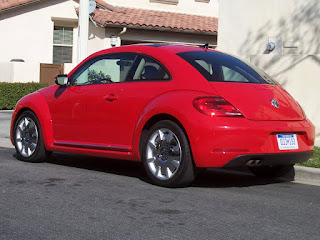 Car shows are for arty people who either don't like conventional art or the art world. While few say anything good about the art world, the judgement of art itself is subjective. In any case, museums and other arbiters of such things have, on occasion, put vehicles within their hallowed walls. The idea of cars being valid as art got me thinking along different lines.
Car shows are for arty people who either don't like conventional art or the art world. While few say anything good about the art world, the judgement of art itself is subjective. In any case, museums and other arbiters of such things have, on occasion, put vehicles within their hallowed walls. The idea of cars being valid as art got me thinking along different lines.
Are exotics and classics valid as cars? Ferraris and the like often get full restorations after 30,000 miles. How bad does a car have to be to need that? I suppose the prancing horse emblem is appropriate. They're like Thoroughbreds, useless, expensive animals pampered and nursed to no end that occasionally enter races between injuries. The owners of exotics are a flashy, stressed bunch. With forced joy, they drive around and talk to each other in loud voices. The drama in the back of their minds is on their faces as they wait for the next spectacular breakdown and accompanying bill. Even for high rollers, it's a bit much.
The events around Monterey have gone from being a gathering of local hobbyists to a forum for retentives. Perfectionism runs wild. Bolts that no one can see are lined up perfectly. Some people even color sand. If you color sand you're in one of three categories: A. You're working in the business. B. You own a Deusenberg. You might take it to someone in the "A" category. C. You need a life.
Classic cars are often large weights that sit on plexiglass disks and generate income for auto transporters. They just go from their heated garages to car shows and back. A classic on the road is exciting. A bunch of them lined up can be too much of a good thing. Too many of the same ones is a used car lot. Like exotics, classics can be treated to frame-up restorations every ten years.
To answer the above question, exotics and classics are valid as cars. The DMV has spoken. Such things rival boats in generating hard work and loss of resources. Most people work to bring money in, but that's otro cantar.








